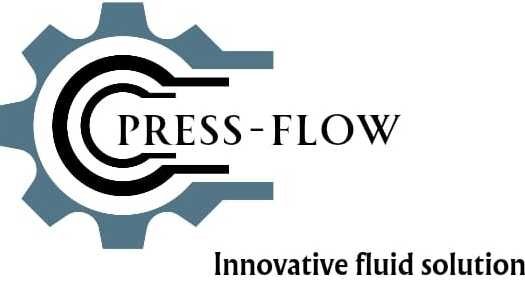Designing and implementing industrial and instrumentation piping systems is inherently complex, owing to the demanding nature of various industries such as oil and gas, chemical manufacturing, pharmaceuticals, and power plants. These systems must address specific requirements for precision, reliability, and safety in environments where any deficiency can lead to significant operational disruptions, safety hazards, and financial losses.
Different industries necessitate tailored piping solutions to meet their unique challenges. For instance, oil and gas operations often require robust piping to handle high pressure and corrosive substances, while the chemical manufacturing industry needs materials that can withstand extreme temperatures and aggressive chemical reactions. Similarly, pharmaceutical facilities demand sterile conditions and precision in fluid handling to maintain product integrity and comply with stringent regulatory standards. Power plants, on the other hand, expect their piping systems to perform reliably under continuous, high-temperature operations.
The selection of materials for these piping systems is pivotal and influenced by several factors such as temperature, pressure, and chemical compatibility. Stainless steel is often chosen for its durability and resistance to corrosion, making it suitable for high-pressure and high-temperature applications. PVC (Polyvinyl Chloride) and polypropylene, known for their chemical resistance and cost-effectiveness, are frequently utilized in environments with less demanding temperature and pressure requirements. Identification of the correct material ensures the longevity and safety of the piping systems, preventing failures that can lead to expensive downtimes or safety incidents.
Moreover, adherence to standards and regulations plays a critical role in ensuring the integrity and performance of industrial and instrumentation piping systems. Regulatory bodies and industry standards organizations provide guidelines that address the design, materials, construction, testing, and maintenance of these systems. Compliance with these standards is not only a legal requirement but also a best practice to guarantee the safety and efficiency of the piping networks.
In conclusion, understanding the complexity of industrial and instrumentation piping systems involves recognizing the specific needs of various industries, selecting appropriate materials, and adhering to stringent regulations to ensure precision, reliability, and safety. This knowledge is crucial for delivering robust and effective piping solutions that meet the high-stakes demands of today’s industrial environments.
Innovative Approaches and Proven Solutions in Piping Systems
Addressing the unique demands of industrial and instrumentation piping systems requires a blend of advanced methodologies and cutting-edge innovations. By leveraging state-of-the-art technologies and tools, industries can optimize the design, installation, and maintenance of their piping infrastructure, thereby enhancing overall efficiency and reducing operational downtime.
Among these innovations, custom-engineered solutions and modular designs stand out as pivotal contributors. Modular piping systems allow for components to be precisely engineered and preassembled offsite, minimizing onsite construction time and potential errors. This approach not only speeds up the installation process but also ensures higher quality control and consistency. For instance, modular designs have been successfully implemented in complex chemical plant projects, resulting in significantly reduced lead times and increased operational flexibility.
Advanced software tools play a crucial role in the optimization of piping systems. Simulation software, such as Computational Fluid Dynamics (CFD) and Finite Element Analysis (FEA), enables engineers to predict and rectify potential issues before physical implementation. These tools allow for detailed analysis of fluid dynamics, structural integrity, and thermal performance, ensuring robust and reliable piping solutions. Additionally, real-time monitoring systems, integrated with Internet of Things (IoT) technologies, provide continuous data analysis, enabling predictive maintenance and early detection of anomalies, thereby preventing costly downtimes.
Equally important is the investment in a skilled workforce and ongoing training programs. The complexity of modern industrial piping systems necessitates that personnel remain proficient with the latest technologies and industry standards. Regular training ensures that the workforce can adeptly handle the intricacies of advanced machinery and software, maintaining the systems’ performance and safety at the highest levels.
Several success stories underscore the effectiveness of these innovative solutions. One notable example is the implementation of a custom-engineered modular piping system in a major petrochemical plant. This project not only met stringent safety and performance requirements but also achieved a 20% reduction in installation time and a 15% increase in overall efficiency. Such case studies clearly demonstrate the tangible benefits of embracing advanced methodologies in the realm of industrial and instrumentation piping systems.
